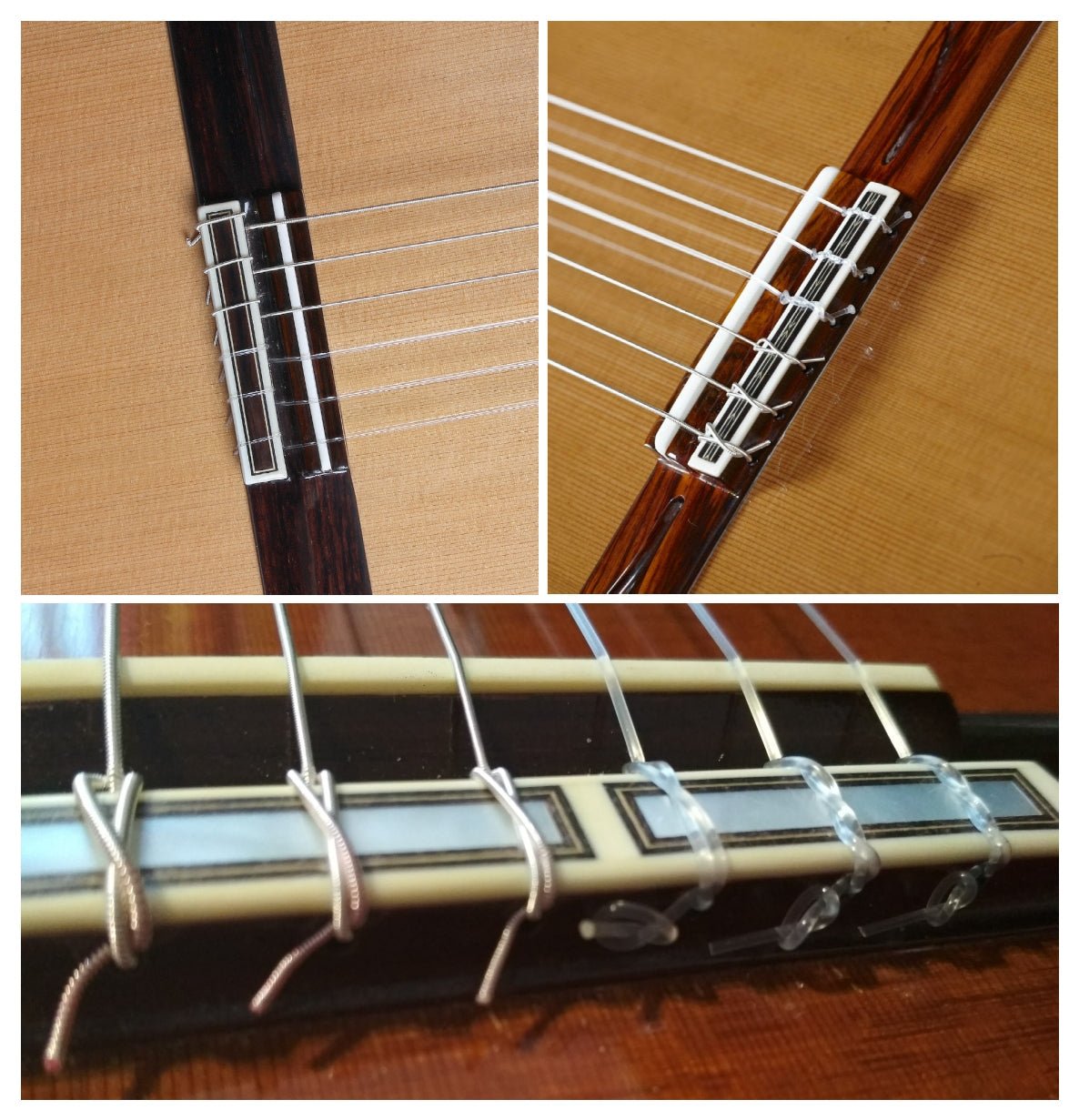
How do I string my guitar?
Something seemingly as simple as changing strings can create doubts and even problems.
In previous posts, we've talked about different types of strings and how important it is to try them out to make the right choice. Choose the strings that best suit the guitar, type of music, and the guitarist's playing style.
Changing strings is a ritual that is performed many times in a guitarist's life, but at first it is complicated due to the unknown nature of the process.
Incorrect string placement can have negative consequences for the guitar. We must not forget that the tension supported by the guitar is high, depending on the different tensions of the strings, it supports around 50 or 60 kg.
Change them progressively
Precisely the high tension of the strings leads us to the first piece of advice: do not change them all at once, leaving the guitar without strings .
This can be done occasionally for guitar maintenance, but it is inconvenient because the guitar loses tension and requires more time to return to its original state.
This means it will take longer to get a stable tuning, and you may notice the guitar is different during the process.
Establish an order for changing strings, this could be starting with the sixth, then the third, fifth, second, fourth, and finally the first.
If you wait for a string to break before changing them, it is normal for the fourth string to break first, so logically, you would start by replacing the broken string.
There are guitarists who can handle the highs for a long time, so they only change the bass because they wear out more.
Stringing: The Stringing
String placement is very important; improper placement could cause the string to come loose and damage the guitar. If the string were to come loose, it would hit the soundboard directly, right next to the bridge.
To ensure string stability, it is very important that the string is pressed against the side of the bridge, right next to the hole.
To make the “stringing” we will distinguish between the placement of the bass and the treble.
As for the basses, the placement is the simplest. You pass the string behind the bridge and then pass it back between the string and the bridge. Remember, the end should be pressing against the string itself, right next to the hole, the area of greatest contact.
Two options for placing the trebles
For high or low notes we can use two different techniques.
The most traditional technique is to wrap the string two or three times to create more pressure points between the string and the bridge. This allows for more anchor points for the string.
Another way to place the treble strings is to make a small knot at the end and proceed to place the string in the same way as with the bass strings.
This knot would act as a stopper in case there was slippage and the rope came loose.
On some occasions, you've seen the end of the rope burned to achieve the same stopper effect. The problem is that burning the rope weakens the joint between the rope and the resulting "ball." Therefore, if the rope were to slip, it could break at the aforementioned joint and release the rope.
If the strings are of light gauge, as is the case with carbon strings, in addition to tying the knot, you can wrap it around for greater security.
12-hole bridges
In recent years, the twelve-hole bridge has become increasingly popular. It's a bridge where the strings are easier to position because the double hole allows the strings to be held by themselves.
At Alhambra Guitars we can find some models with this system such as the 10 Premier model and the Premier Pro Exotic model.












